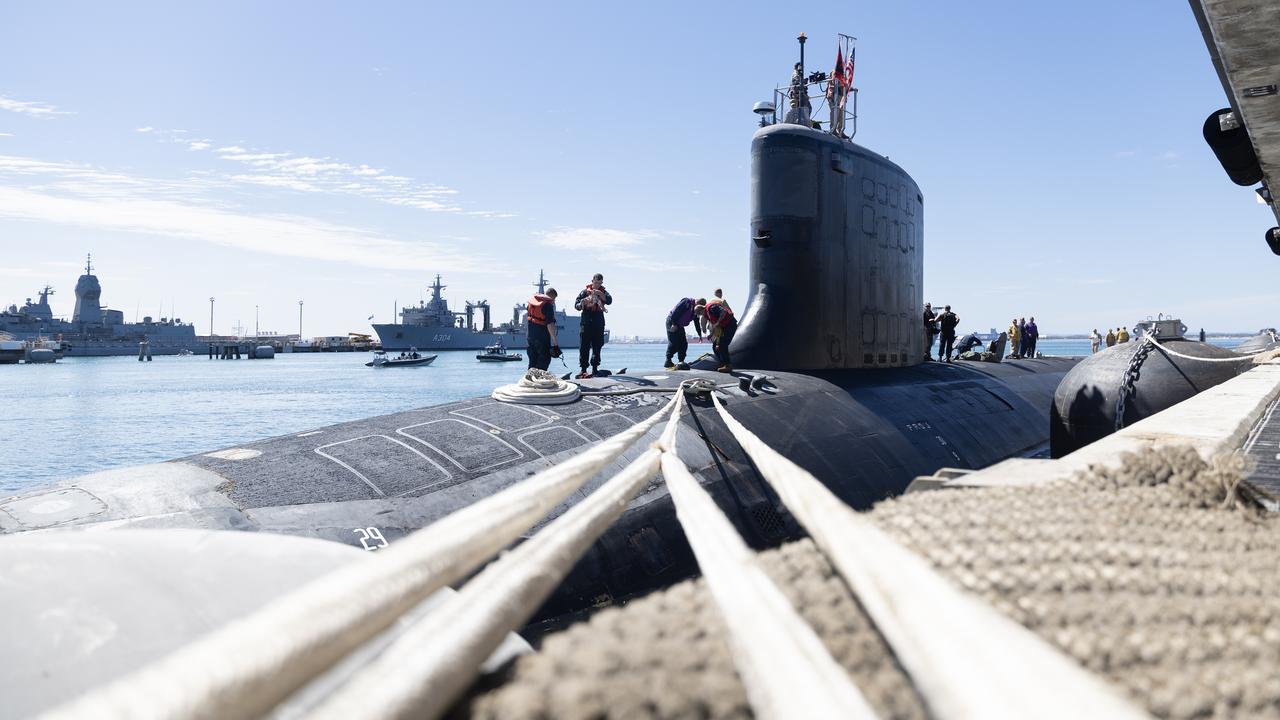It’s time for industry to play a more active role
To triumph on the future battlefield, Australia will require technological mastery, seamlessly linking the soldier on the frontline with drones, artillery and armour, aircraft and warships.

To triumph on the future battlefield, Australia will require technological mastery, seamlessly linking the soldier on the frontline with drones, artillery and armour, aircraft and warships, both our own and those of our allies.
In today’s rapidly evolving geopolitical climate, the Australian Defence Force (ADF) stands at a critical juncture.
Make no mistake, Australia is responding to this changing environment. The Australian government has released several strategic documents, including the National Defence Strategy (NDS), the Defence Industry Development Strategy (DIDS), and the Integrated Investment Program. These documents collectively provide clear guidance on the challenges facing Australia’s defence and security, the government’s priorities, and the role of industry in supporting the ADF.
The outcome is a nation investing more than ever before in modernising and integrating its forces. Admiral David Johnston, the new Chief of Defence Force, has emphasised creating an agile Future Force that focuses on innovation and quicker adoption of technologies.
The ADF cannot achieve its mission of “Deterrence by Denial” alone. Australia’s defence industry is integral to the success of this mission. As NATO’s Secretary-General, Jens Stoltenberg, aptly stated: “Without industry, there is no defence, no deterrence, and no security.”
However, for our industry to play its role effectively, it must adopt a more strategic approach. We cannot afford to wait passively for government and defence strategy to be defined before taking action. The Australian defence industry has often been a recipient of strategy rather than an active participant in its creation and execution. This needs to change.
Our role as industry leaders is to balance collaboration with competition and not compete on a zero-sum basis.
Our focus must shift from merely “winning the work” to “winning the battle”. This means aligning our efforts to serve the national interest and ensuring the long-term sustainability and viability of our industry. We must understand the mission, identify gaps, and form bridges to ensure capability delivery.
The commonwealth’s redefined sovereign capability also underscores the need for change.
The focus is now on making and doing as much as we can here in Australia while fostering global partnerships to develop a sovereign industry base. Enabling our SMEs to access global markets, capital and technology is key to growing a sustainable sovereign industry base that can provide the ADF with the world-class capabilities it deserves. This new paradigm pushes our industry to display different behaviours where collaboration and integration are key.
To support the ADF’s mission, our industry must engage early in the life cycle of defence projects, helping to define missions rather than just responding to them. This collaborative approach enables us to identify new technologies, new ways of doing things, and new areas
Take QinetiQ Australia’s work, for example. We have been conducting collaborative workshops with Australian industry and academia to better understand how best to harness Australia’s Test and Evaluation industrial base to realise the integrated, focused force outlined in the 2024 NDS and DIDS.
Initiatives such as this demonstrate how industry will collaborate to make genuine progress and bring together the ecosystem’s capability, workforce, infrastructure and innovation to accelerate enterprise plans to improve speed to capability, save budget, improve capability outcomes, drive efficiencies, and drive innovation.
The opportunity facing Australia’s defence industry is to be more strategic in supporting our nation’s mission. If any one company believes it can do everything and cling onto the old way of doing things, we all lose.
Instead, we should pursue opportunities that provide our defence force and allies with an edge. By collaborating and integrating our efforts, we can lift the tide and collectively grow our national industry, ultimately helping the ADF respond to significant challenges and modernise the force.
Defence Industry Minister Pat Conroy has emphasised the need for increased investor support for the defence industry, which aligns with our vision at QinetiQ. By fostering an entrepreneurial approach and creating an industry that can attract capital and generate market interest, we can help ensure Australia’s defence industry not only survives but thrives.
At QinetiQ Australia, we are not just observers of this transformation; we are active participants. We are investing in cutting-edge technologies, forming strategic partnerships, and working tirelessly to support the ADF.
As we move forward, I urge each of you to consider how you can contribute. Whether you are an investor, a policymaker, a start-up founder, or an academic, your role is crucial. We need your expertise, your innovation, and your commitment to build a defence industry that is not only robust but also adaptable and forward-thinking
The time for change is now. We are in the midst of winning the battle, but we need to keep an eye on the end-game.
-
Gary Stewart is chief executive Australia Sector, QinetiQ.


